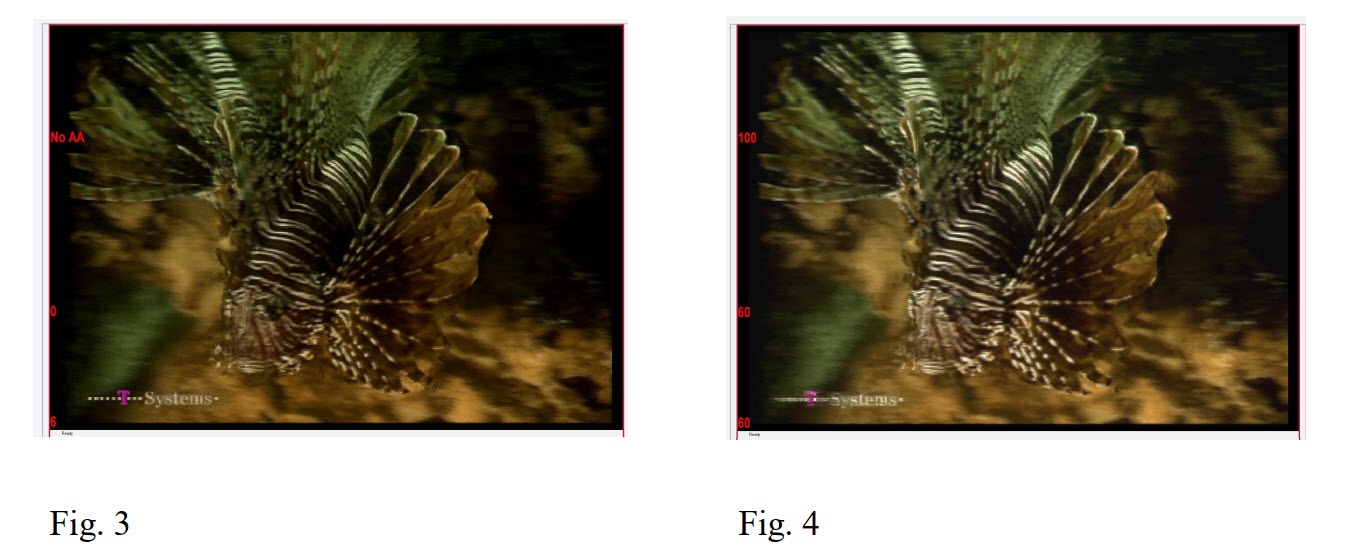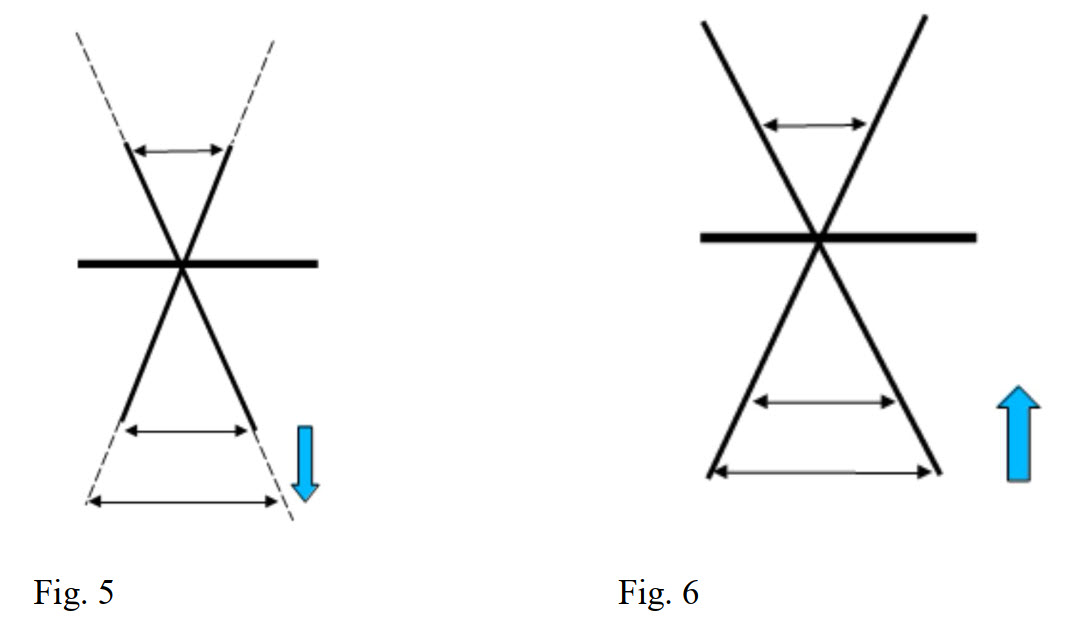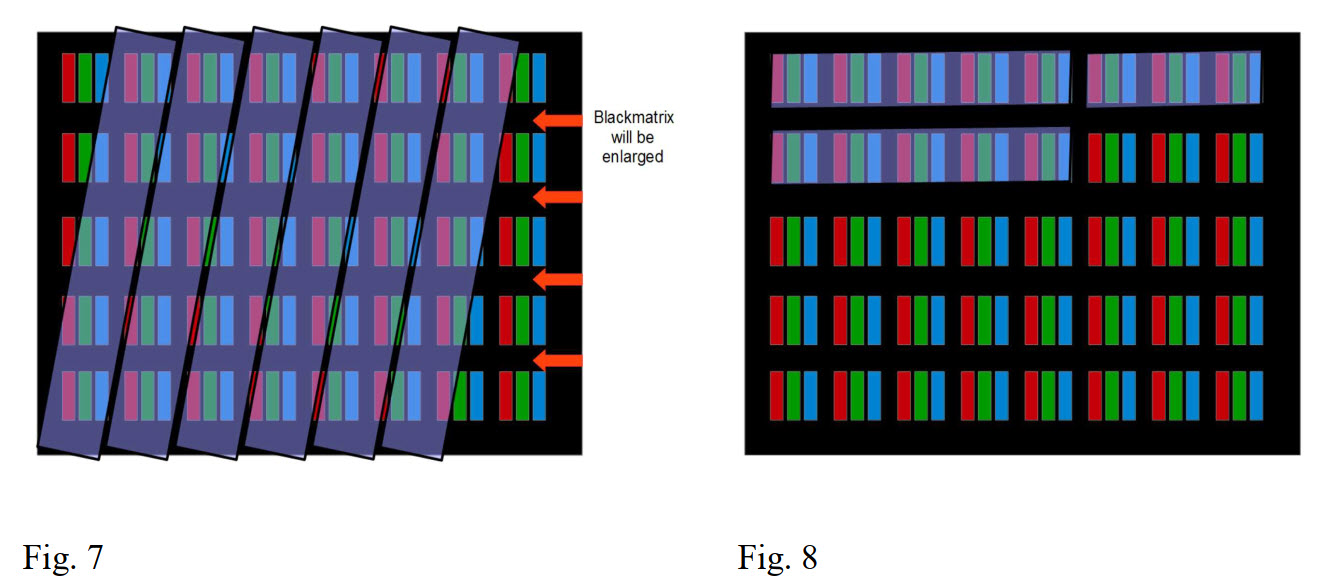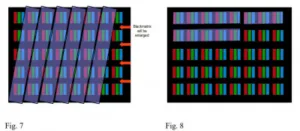At the bottom of the front page of the Display Daily site are a set of menus based on article ‘tags’. All the articles (not always press releases) have been tagged to identify their key topics. If you click on the menu, you get a list of all the articles that have the matching tag. Slowly, over time, the tags change to reflect ‘hot topics’ in the display world. The tag for 3D was dropped a while ago, but perhaps it’s time to bring it back.
(which reminds me, it’s about time we reviewed them!- editor).
 I was contacted by a company after a recent article, who grumbled that we had not featured the firm. “Send us some information, then”, we replied and they did so today I’m going to give some information about a Swiss company, PSHolix, that claims that it has developed hardware and software technology to create high quality multiviewer autostereoscopic displays. Sadly, because of the current lack of events and travel, I haven’t had the chance to see the displays, yet.
I was contacted by a company after a recent article, who grumbled that we had not featured the firm. “Send us some information, then”, we replied and they did so today I’m going to give some information about a Swiss company, PSHolix, that claims that it has developed hardware and software technology to create high quality multiviewer autostereoscopic displays. Sadly, because of the current lack of events and travel, I haven’t had the chance to see the displays, yet.
I also want to register a caveat. I’ve been looking at and writing about autostereo displays since at the latest 1997 when we first wrote about the Philips slanted lenticular concept. I’ve seen loads of them, good and bad, and I’ve written a lot about 3D over the years. But these are complex topics that plenty of people have devoted their lives to (it does seem to drag people in), so I don’t claim to be an expert on this!
Dr Rolf-Dieter Naske, CTO of psHolix is clearly one of those that has really committed to 3D and has been working on the topic since 1999, with his first patents filed in 2006. In 2019, a paper presented at IMID on his technology won a Bronze award and this article is based on that presentation.
Software & Processing
As I mentioned, the solution is a combination of processing and display hardware. Dr Naske worked on AI in the early ’80s and his algorithm uses some technology from that area. Whereas most autostereo systems create a small number of perspectives for each scene viewed (5 to 28 is typical), the psHolix algorithm is claimed to be able to generate an arbitrary number of perspectives in real time with a high degree of precision.
A big difference in the psHolix approach is that is capable of generating a large number of perspectives (the firm says that each eye sees the single result from around 1,000 calculated adjacent perspectives). As well as increasing the depth of field, the technique is said to reduce the accommodation/vergence conflict that can cause visual discomfort in stereo 3D viewing. Dr Naske told us that studies from the university of Tokyo have confirmed the sharper images and better depth perception.
 The more accurate calculation and use of many different views makes the image clearer
The more accurate calculation and use of many different views makes the image clearer
As one of the visual cues that human depth perception uses is the difference in occlusion at the edges of objects between the two eyes, the system uses AI to emphasise edges (similar to unsharp mask processing in digital imaging or even high acutance developers in film photography – editor). That helps the brain to identify objects and their relative depth.
 The process emphasises the edges of images
The process emphasises the edges of images
Another process is that the technology optimises the disparity between the left and right images to account for the optical characteristics of the actual display device. This ensures that the maximum disparity between the two devices is neither excessive nor too small.
 The processing optimises the disparity based on the display optics
The processing optimises the disparity based on the display optics
Although the combination of these processes mean that a large amount of computation is needed, the firm said that the level is no more than is needed in typical frame rate conversion processors in modern TVs. The technique uses massively parallel calculations to enable real time processing. Computation time is also accelerated by using the changes between frames to generate disparity maps, in the same way that codecs focus on the changes between frames. It can be fast enough to avoid ‘disparity jitter’.
Turning to the display, the psHolix technology doesn’t use the diagonally slanted lenticular lenses that have been used in most autostereo systems (and developed by Philips Research – I remember when it was first disclosed – editor). The psHolix lenses are limited to only horizontal optical properties and are described as ‘pillows’. This avoids a problem of highlighting the ‘screen door’ effect from other diagonal approaches, the firm says.
 The psHolix system uses horizontal optical ‘pillows’ rather than the diagonal lenticular scheme invented at Philips.
The psHolix system uses horizontal optical ‘pillows’ rather than the diagonal lenticular scheme invented at Philips.
The ‘pillows” cover a number of subpixels – usually 8-10, with no vertical effect (which is not an issue as no vertical parallax is available for standard 3D content). The claimed benefits of the HoloExtension display are described as:
-
It is an autostereoscopic multiple viewer display for any viewing distance.
-
It yields improved perception of the 3D impression due to its infinite number of perspectives, called “sliding perspectives”.
-
It reduces stress effects of 3D viewing over a longer period of time because of its eye anatomy-adapted visual presentation.
-
It reduces the accommodation conflict because of its high number of perspectives.
-
It offers significantly improved depth perception because of its stereo base extension.
-
It does not require switching between 2D and 3D mode, and allows presenting 3D and 2D content at the same time in parallel windows in ‘perfect quality’ without visual distortions because of its invisible passive optical element.
-
It is completely 2D backwards compatible because of its new Integral-Imaging-like optical element, which eliminates the enlargement of the black matrix between the pixels.
The system is said to be suitable with all kinds of display from HMDs to TVs.
Analyst Comments
The old saying is that “the proof of the pudding is in the eating” and in this case, I haven’t had the chance to see the psHolix technology in action. Further, in looking at the materials, I found myself on the limit of my understanding. One of the challenges for autostereo technology is that you need multiple pixels to create the different views and the number of visible pixels needed increases as the number of views goes up. Fortunately, over the years, the number of pixels available has gone up as displays have improved. I first saw Cees van Berkel’s original autostereo displays on a CRT, I think – it was 20 years or more ago. The results with 8K LCDs are radically better, but even with the best solutions based on slanted lenticular concepts, I can see the image problems as I move from one view to another. Some companies are better at choosing content than others and depth is often very limited in images to reduce the effect, but psHolix claims it can eliminate it. I’m looking forward to the time when I can get a chance to ‘eat the pudding’! (BR)

